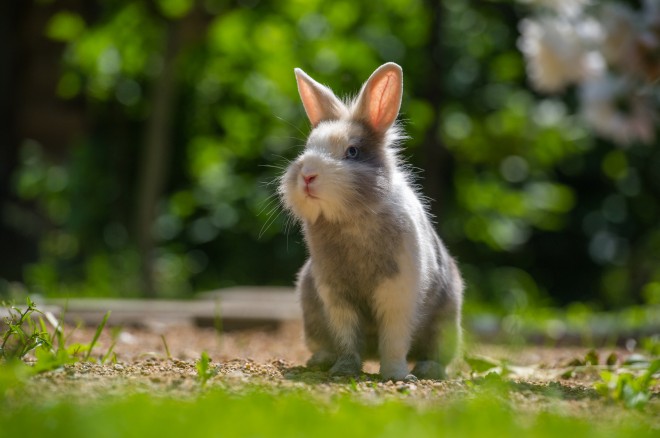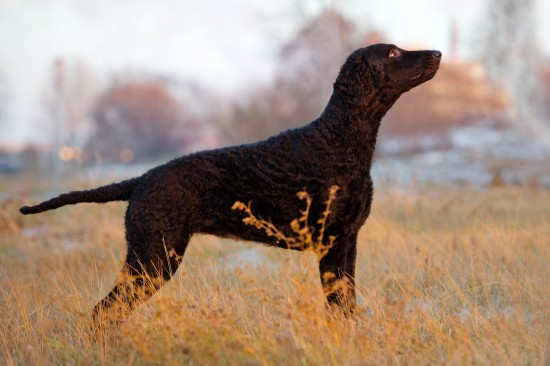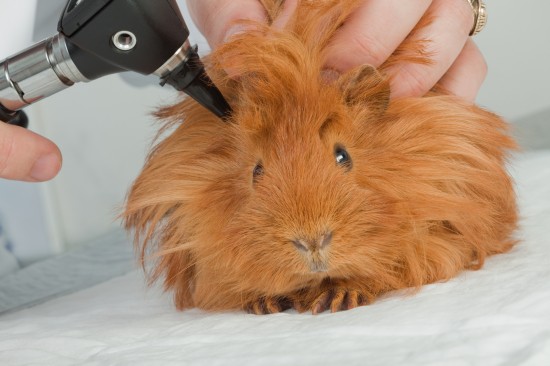
We work very hard training our dogs to fit into our lifestyle and our family unit, we think we have done great, then just as we are congratulating ourselves on a job well done the growl starts, it may be as we pass the bed, food bowl, or pigs ear, or even as we remove a toy or tissue.
This is a common problem, often called food guarding, or resource guarding. In reality it is a natural innate tendency for dogs to protect what they perceive as theirs. Possession to a dog is 9/10ths of the law, some dogs will resource guard anything, and that includes us.
This happened to me recently. Kai my white German Shepherd, they are also known as the Swiss Shepherds, he is about 13 months old, lovely temperament nice nature, growled as I walked past his food bowl. To say I was shocked would be putting it mildly. I have never owned a resource guarder or possessive aggressive. I have treated dozens, but never owned one.
Kai is a rescue who had five homes in the first 8 months of his life before my daughter who was dog walking him thought that he should join our extended family. 5 homes!, not exactly the best of starts, he had a bit of baggage but nothing that a bit of TLC and positive reinforcement could not put right.
Unfortunately, I had no impact or influence on his previous owners, or what they did or believed with regard to feeding, possessions and training. The myths and beliefs that surround this common problem are many fold. There is the “let him know who is boss brigade” and the “if he had done that to me I would have belted him” Others that will tell you he is dominant. Dominance and dominant behaviour is a somewhat outdated term in modern canine behaviour therapy. It is too easy and simplistic to label everything as a bid for power and control. The term suggests that the dog is personally threatening you in a bid for top dog slot. Which I assure you is not the case with possession aggression.
Jean Donaldson a US based behaviourist has written a book called * “Mine” a guide to resource guarding in dogs. A practical how-to guide on resource guarding/aggression – food bowl, object, bed, crate, owner, guarding. Though written primarily for trainers with the owner seen as the third party, it is still an excellent book; in it she lists a number of myths and untruths.
• Resource guarding is the result of giving a dog too many
privileges
• Resource guarding behaviour is abnormal
• Resource guarding is driven largely by genetics
therefore cannot be altered
• Resource guarding is a symptom of dominant and naturally
aggressive behaviour
These beliefs/myths probably get more people bitten every year than any other single behavioural problem I encounter. The belief that the dog is being disloyal and biting the hand that feeds it is unfortunately commonplace, once again anthropomorphism raises its ugly head. This problem is also one of the key reasons why some dogs are euthanised.
Back to young Kai. When he growled, (just a low almost subliminal rumble, but a subtle threat no less). I did not react or even look at him nor chastise him in any way. To challenge him at that time would have suggested that the growl wasn’t sufficient to warn me off, so lets up the anti and perhaps a snarl or a snap would be in order. I am of the belief that violence begets violence, therefore why challenge if there is no need to.
I waited until his next feed time; I feed my dogs twice a day therefore it was that evening. Instead of using one bowl, this time I used two. I prepared his food as normal in one bowl, and then got him to sit and wait. I then put the empty bowl down.
The look of confusion on his face was classic, he looked round the bowl nudged it to see if his food was underneath then sort of semi collapsed and just looked at me totally bemused. It was at that time; taking a long handled wooden spoon, I tossed a small portion of his food into the bowl. The reason for the spoon was if he were to grab at anything, he would grab the spoon and not my fingers.
I proceeded to feed the whole meal in spoonfuls, what I was telling him was that by me getting access to his bowl was a condition of him being fed., I continued with this method for three days. Sometimes this may take much longer depending on the severity of the guarding.
After the three days, I could tell by his posture and body language that he was relaxed and comfortable with me near his bowl. I gradually decreased the distance between myself and the bowl on every spoonful until I was standing next to it. I then started to put a small amount of his food in the bowl before putting it down rather than spooning it in, then gradually increased the amount over a few days until I was putting all the food in at one go.
Once I had reached this stage, I started adding a very tasty titbit whilst he was eating, I usually use a chunk of cheese or frankfurter, I started this from a little distance away and gradually decreased the distance. What he learns during this exercise is your approach to the bowl is no threat, in fact quite the opposite it is positive as it means he is going to get something really special and tasty.
This is a positive reinforcement technique that requires no aggression, threats, or force; these rarely if ever work in the case of possession aggression. You must make sure your dog is relaxed at all times, if you hit a problem then you have gone to far to fast, go back a couple of stages and work back up to the area where the problem or behaviour was being displayed, take your time there is no need to rush, its not a race.
If I wanted to analyse why Kai growled in the first place I would only be guessing at the trigger. Without talking to all the previous owners to see what they had done then its pure conjecture, though I can imagine a number of possible scenarios. As an educated guess someone probably thought it was the right to take his bowl away whilst he was eating, just to show the dog that he could, this can often create a seed of doubt in the young dog’s mind that his food could be stolen, and he may therefore start to feel threatened or uncomfortable when you are in close proximity.
This seed of doubt could germinate with the onset of maturity and could blossom into full-blown food guarding. If I had lashed out or acted differently to the first threatening growl then things may have turned out very differently. As it happens Kai has never growled or showed any inclination to guard since.
If you are training a puppy not to guard then start training him not to touch the food until you give permission, to achieve this start with the pup on the lead. Put the food down as normal, then as the head goes to the bowl give a slight check on the lead and say “Leave It” this may take a few checks. Make sure this check is really light and gentle, then as the dog looks to you for permission, immediately praise by using a trigger word such as “Good “or a Clicker and treat with a tasty titbit then say “Take It” or “OK” this is the release command.
Continue with this training until you can do this whilst off lead. The object of this exercise is to train him not to touch on command, once you have done this you can then stop him eating on command by using the “Leave it” . Once you have reached this stage then occasionally approach his bowl and put in a tasty treat, he should never have, doubts that your proximity to his bowl is positive never negative.
Stan Rawlinson (Doglistener)
Dog Behaviourist and Obedience Trainer. Who has owned and worked dogs for over 25 years, starting with gundogs then moving to the behavioural and obedience side of training companion dogs. He now has a successful practice covering Greater London, Surrey, and Middlesex.
Stan is recommended by numerous Vets, Rescue Centres, and Charities. He writes articles and comments on behavioural issues and techniques for dog magazines including Our Dogs, Dogs Monthly, K9 Magazine,Shooting Times and Pet Owner Magazine.
© Stan Rawlinson
Telephone: 0208 979 2019
Mobile Number: 07976 153161
E-mail:[email protected]
 Why Exercise Is So Important For Rabbits
Why Exercise Is S
Why Exercise Is So Important For Rabbits
Why Exercise Is S
 Chihuahuas Get a Solid “YES” From Paula Abdul
Chihuahuas Get a Solid “YES” From Paula Abdul
 10 Tips For House Training Puppies
10 Tips For House
10 Tips For House Training Puppies
10 Tips For House
 Is A Curly Coated Retriever The Right Choice Of Dog For You?
Is A Curly Coated
Is A Curly Coated Retriever The Right Choice Of Dog For You?
Is A Curly Coated
 How To Deal With Ear Infections In Guinea Pigs
How To Deal With
How To Deal With Ear Infections In Guinea Pigs
How To Deal With
Copyright © 2005-2016 Pet Information All Rights Reserved
Contact us: www162date@outlook.com